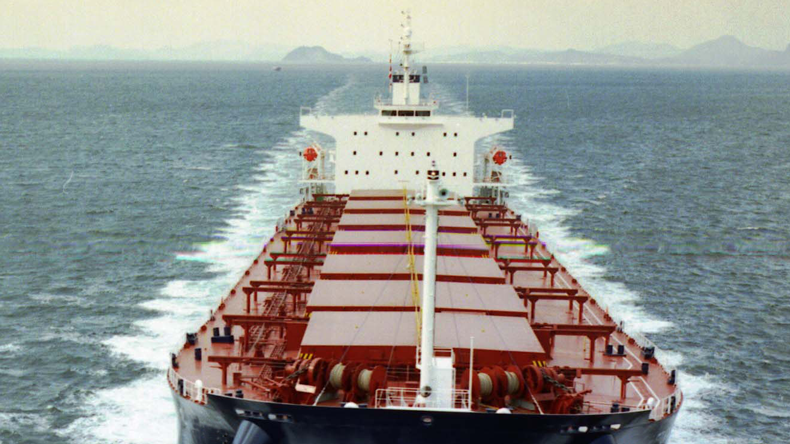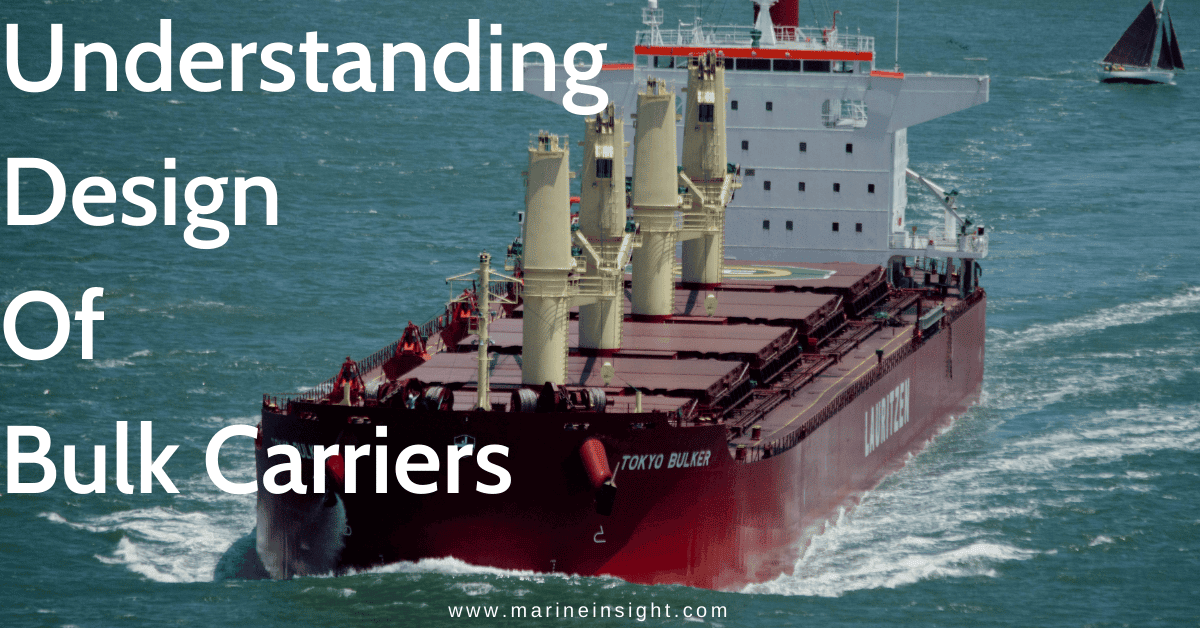Seagoing Bulk Carriers: Use and General Use
The operation of bulk carriers posed a number of risks. The safety of seagoing bulk carriers is a matter of careful plan. This site is a quick reference to the shipping industry in general and gives guidance and advice on loading and discharging bulk cargo types. These limitations are set by the classification societies. It is essential to reduce the possibility of ship structure being stressed, and to adhere to all necessary safety measures for safe sea travel. The detail pages of bulk carriers contain information that can be beneficial to both those working at the terminal as well as those who work aboard.
The general characteristics of bulk ships that travel by sea.
Bulk carriers are single-deck vessels, constructed with top-side tanks as well as side tanks for hoppers in cargo areas and are designed primarily to carry single-commodity solid bulk cargo. Solid bulk cargo is any material, other than liquid or gas, consisting of a combination of granules, particles or any larger chunk of material that is generally similar in composition. It is loaded directly into the space of the ship's cargo compartments without any immediate form of confinement. Examples of dry cargo include grains sugar, ores and grains in bulk. The bulk carrier is a vessel that is primarily used to carry liquid or bulky cargo. It also includes tankers. However, in normal usage, the term is normally used to describe vessels built for the transport of bulky solid cargoes, which is typically grain and agricultural products similar to it, and mineral products like coal, ore, stone and so on. and on one or more voyage legs. Have a look at this
bulk carriers specialist for more.

What Is A Bulk Transport?
"A ship which is intended primarily to carry dry cargo in bulk, including such types as ore carriers and combination carriers"
Carrier Capacity that ranges from 3,000 to 300,000 tonnes
Average speed of 12-15 knots
-Single deck ships, ie no tweendecks
Small - to medium-sized bulk carriers that can carry up to 40,000 tonnes come with cargo handling equipment. Larger vessels use docks for loading and unloading.
Cargo storage is usually large and clear of obstacles. There are bigger hatch sizes to allow cargoes to be unloaded and loaded easily.
Most bulk carriers have one cargo space that is dedicated to ballast. It can be used to ballast voyages to increase stability. It is also possible to ballast part of the way, however this is only allowed for ports.
-They have single pull, hydraulic or stacking (piggy- back) steel hatch covers
-Quatre types of ballast tanks
Sloping topside wing tanks
The bottom of the wing is sloping. tanks
Double bottom tanks
After-peak and peak ballast water tank.
Are you looking for solid bulk cargo? Anything that isn't liquids and gases that are composed of granules or particles or bigger chunks of material. These materials can be transported directly into cargo areas without any intermediary form of containment. Bulk carriers can carry a variety of cargoes, including "clean" food products and "dirty", minerals, as well as cargoes that could react one with the other or other contaminants such as water. It is important to ensure that cargo spaces are ready for the specific item. The cargo area needs to be cleaned in a manner that allows for loading. Surveyors will often need examine the area to ensure it is safe to load. It is essential that residues of a previous cargo are removed to make sure that contamination doesn't occur. Damage to bulk cargoes occurs mainly due to water. The storage areas are required to be dry for the transport of cargo. But, hatch covers must be watertight, or sealed if necessary to stop water from entering. All fittings inside the hold (ladders pipes, ladders and bilge pipes.) must be examined. should be examined to ensure they are in good working order and properly fitted. They can cause significant wear and tear to conveyor belts, which could lead to delays. If the equipment is discharged accidentally with cargo, the ship might be held liable. Click over to this
dry cargo chartering info for more.

Bulk Carrier Bulk Carrier Bulker The vessel is designed to transport dry cargo. Conventional bulk carriers are constructed with a single deck and a single skin. They also have a double bottom, and hopper side tank. Topside tanks in cargo spaces are also available. Bulk carriers are able to load any type or bulk cargo from heavy to light grain up to the maximum weight they can carry. The process of loading, transport, and final discharge of dry bulk cargo aren't as straightforward or easy as many people believe.
Gearless Bulk Carrier
A lot of bulk cargoes possess dangerous characteristics, or may alter their properties during transit. Unintentional loading can cause damage to a ship. The ship may bend when it is loaded to its maximum forward hold. This ?stress? It can result in dangerous situations on the sea during severe weather. Other cargoes could be affected by residuals from other cargoes. Damage from water can have a devastating effect on some bulk cargoes e.g. cement power. It is not always easy to confirm the exact weight of the cargoes that have been loaded and removed. These issues have serious consequences for the operation of bulk cargoes. Discharging bulk cargo using? bulk cargoes may create a cone when they are loaded onto conveyor belts. The angle created by this cone is known as the `angle of repose'. It is different for each cargo. Iron ore-based cargoes form a steep-angled cone whereas the cargo that flows freely will make a cone that is shallow. The low angles of repose can cause cargo to shift during transit. Bulldozers may need to be used for some cargoes in order to distribute the load across the sides of the holding as the cargo is close to its completion. Most dry-bulk carriers depend on facilities on the shore to discharge cargo and load it onto the shores, but certain bulk carriers come with self-unloading capabilities with conveyors underneath the cargo holds or with cranes mounted on deck.

